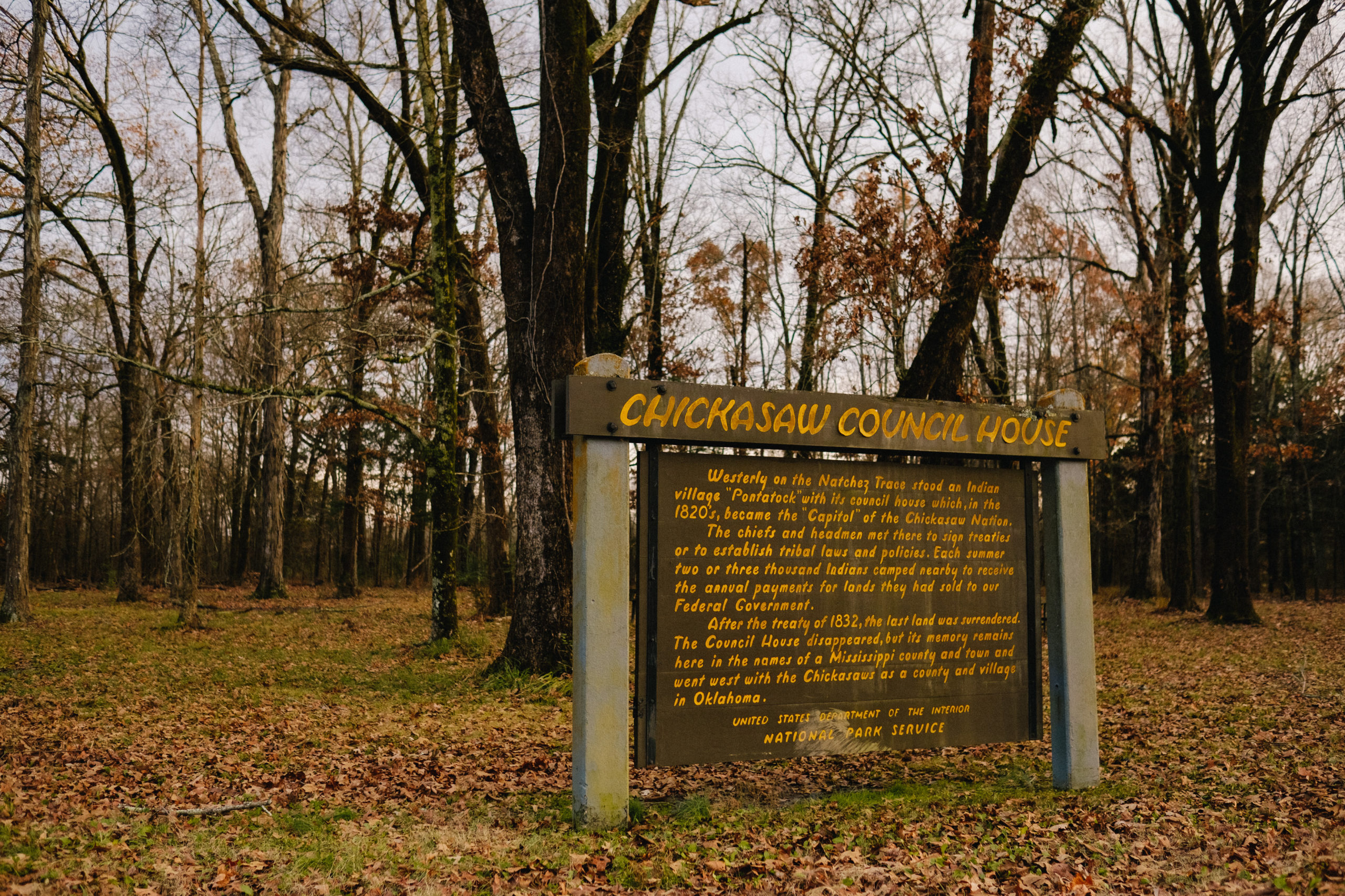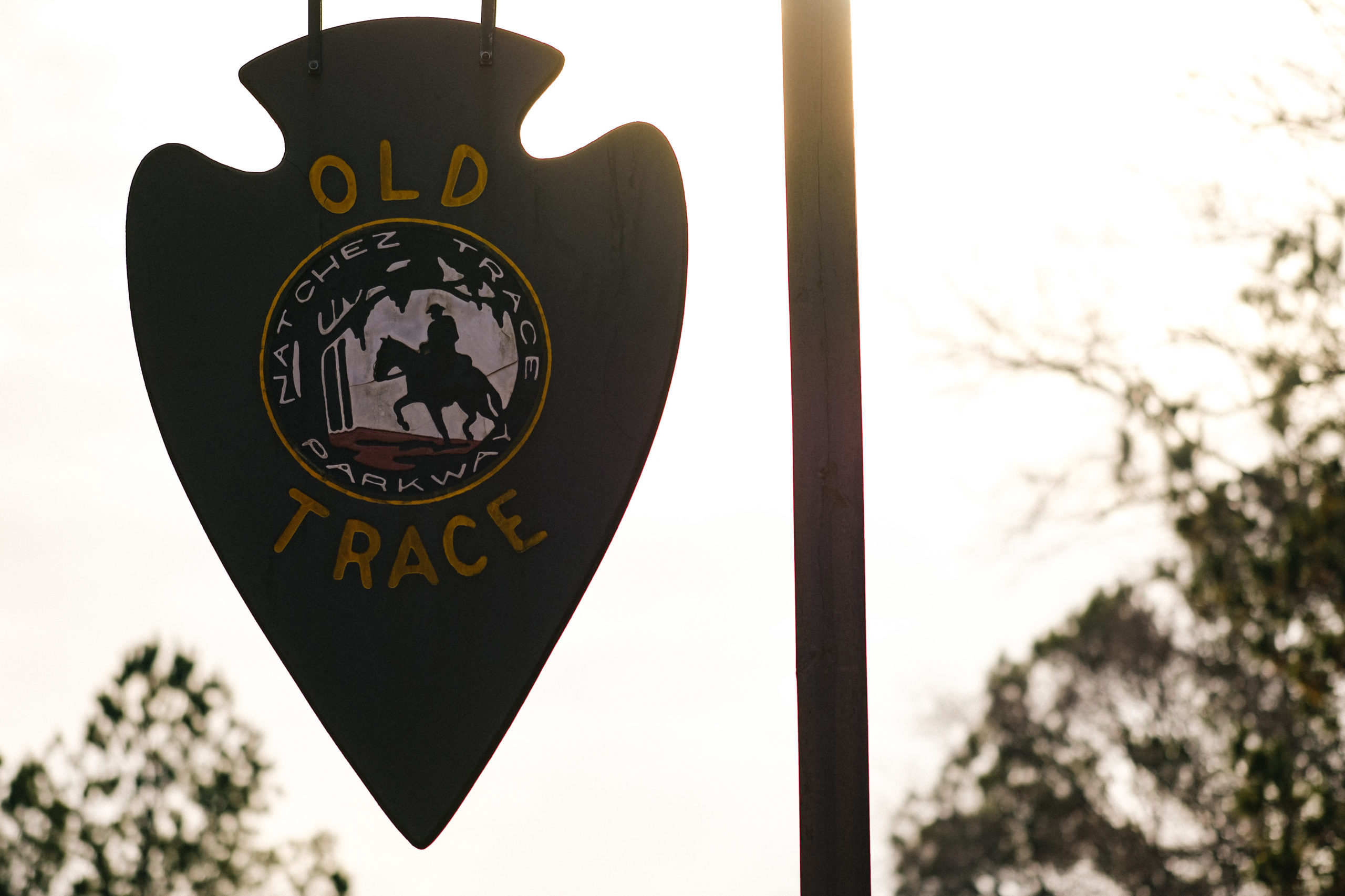Native American History – Itinerary
Proud Native American cultures occupied the Mississippi Hills landscape for more than 10,000 years before Western explorers arrived. Their presence is attested to by numerous mound complexes in the region, including Pharr Mounds on the Natchez Trace Parkway.
After European contact, Native Americans who lived in the Hills, including the Chickasaw and Choctaw, dealt with foreign powers who were attempting to control the region through complex political alliances, trade relationships and armed conflict.
Though many of the places where the Native Americans lived and fought are not marked, there are still remnants in the Hills of their influence and culture.
Make your first stop Tupelo, the heart of the Chickasaw homeland that once encompassed all of north Mississippi, northwest Alabama, west Tennessee, and far west Kentucky. Learn about the Chickasaw people at the Tupelo CVB, which has an interactive historical timeline that includes a wealth of information, and be sure to visit the Chickasaw Village site on the Natchez Trace Parkway near its headquarters.
From here, travel north to the Crossroads Museum in Corinth to discover artifacts from the villages and battles of the Chickasaws. You’ll get a taste for how their culture made them into such a powerful force. Next, you’ll want to head about an hour away to New Albany, home of the Ingomar Mounds. These are open daily, dawn to dusk, and are approximately 2,200 years old. Check out the Union County Heritage Museum while you are there to see objects found at the site, which are on loan from the Smithsonian Museum. Don’t forget to get your NPS Passport stamped while you are there! Head south on Highway 15 for a short 20-minute drive to Pontotoc where a piece of Native American history awaits at the Pontotoc Post Office.
As you explore the Mississippi Hills, be sure to take a drive along the Natchez Trace Parkway. This 444-mile recreational road and scenic drive runs through three states, and roughly follows the “Old Natchez Trace” used by Native Americans, who navigated the trace and used it as hunting lands.
Native American history is etched in every part of the Mississippi Hills, and their strength, valor and might echo through the area. Explore the Mississippi Hills.


